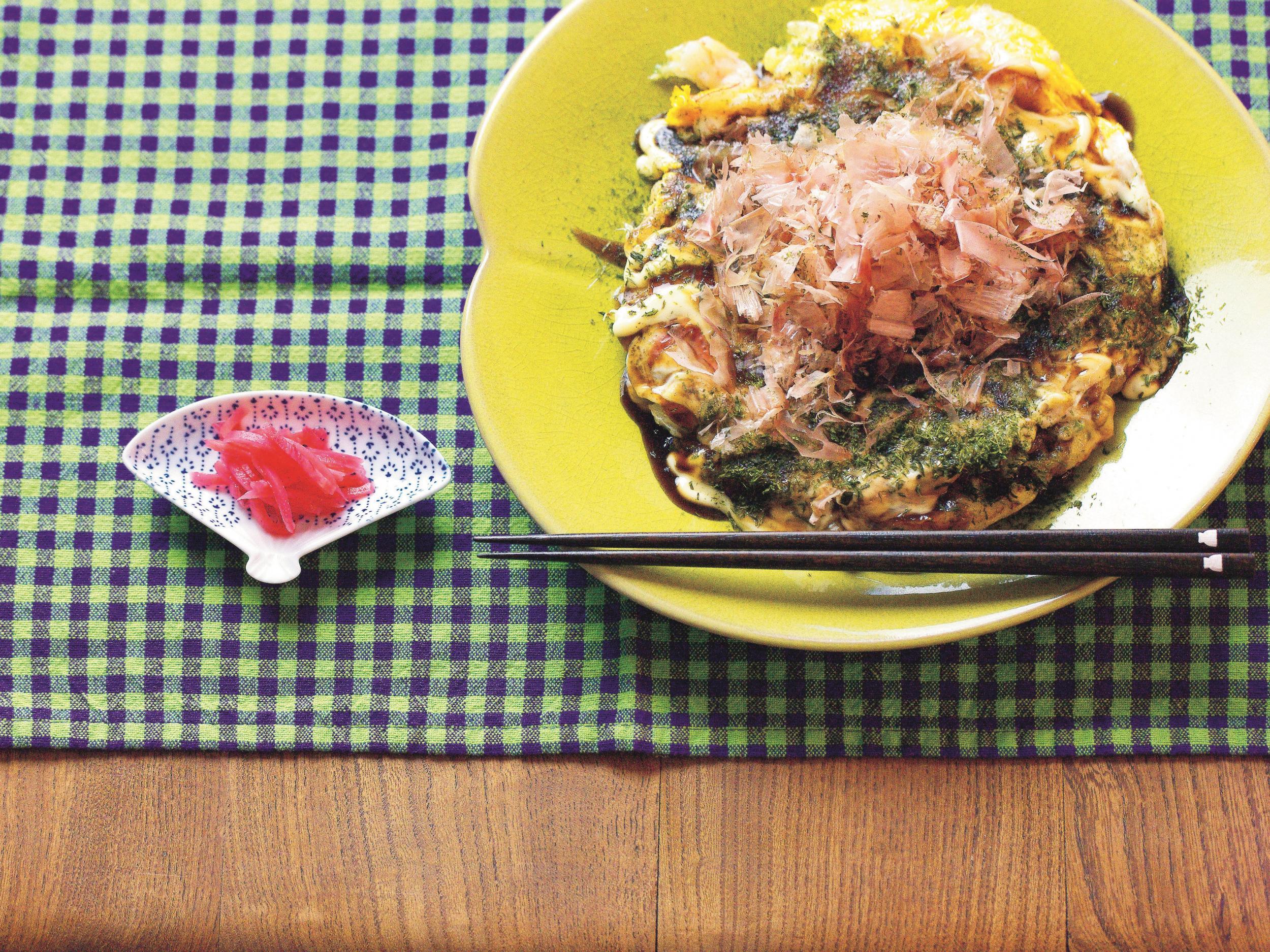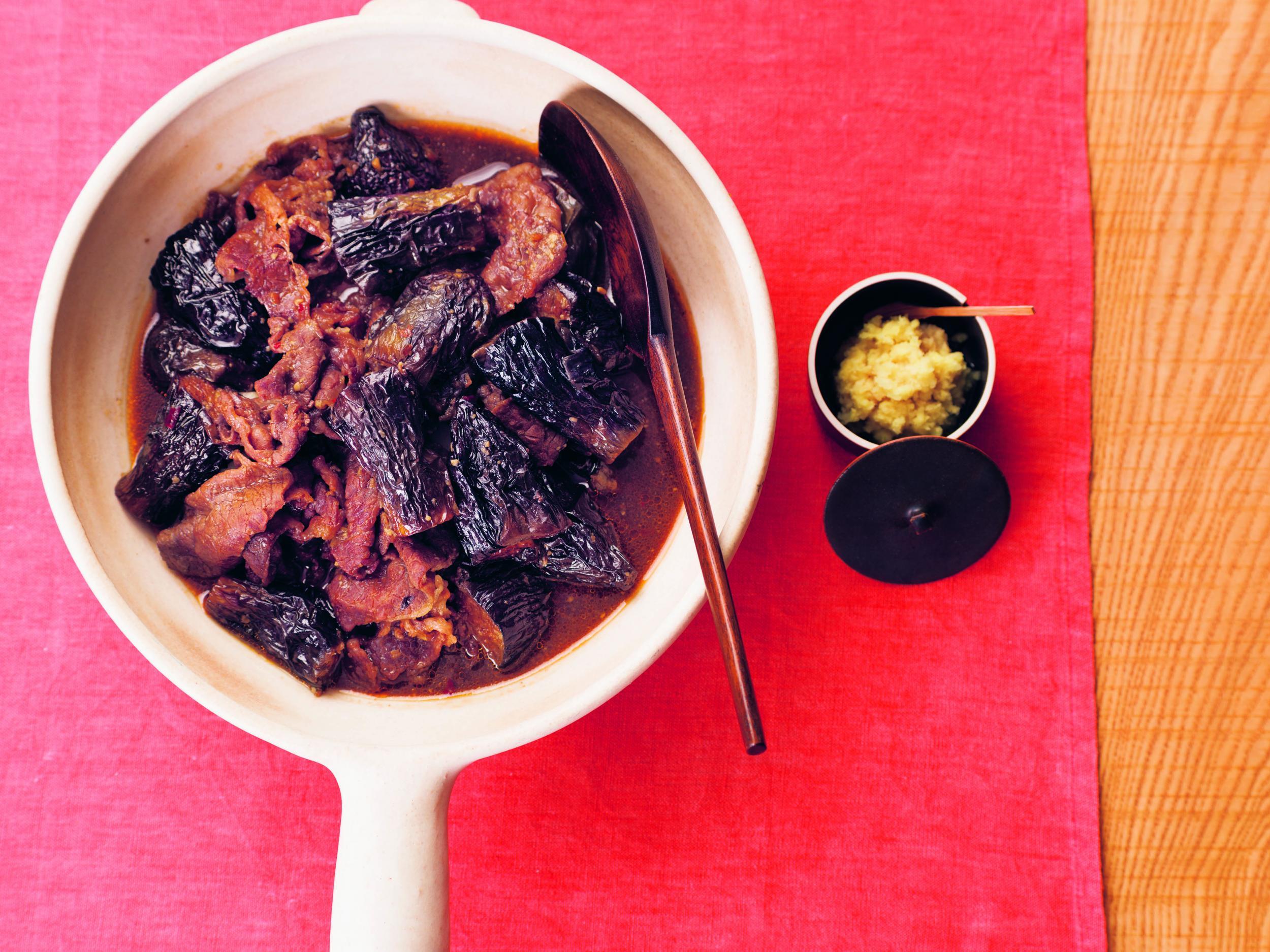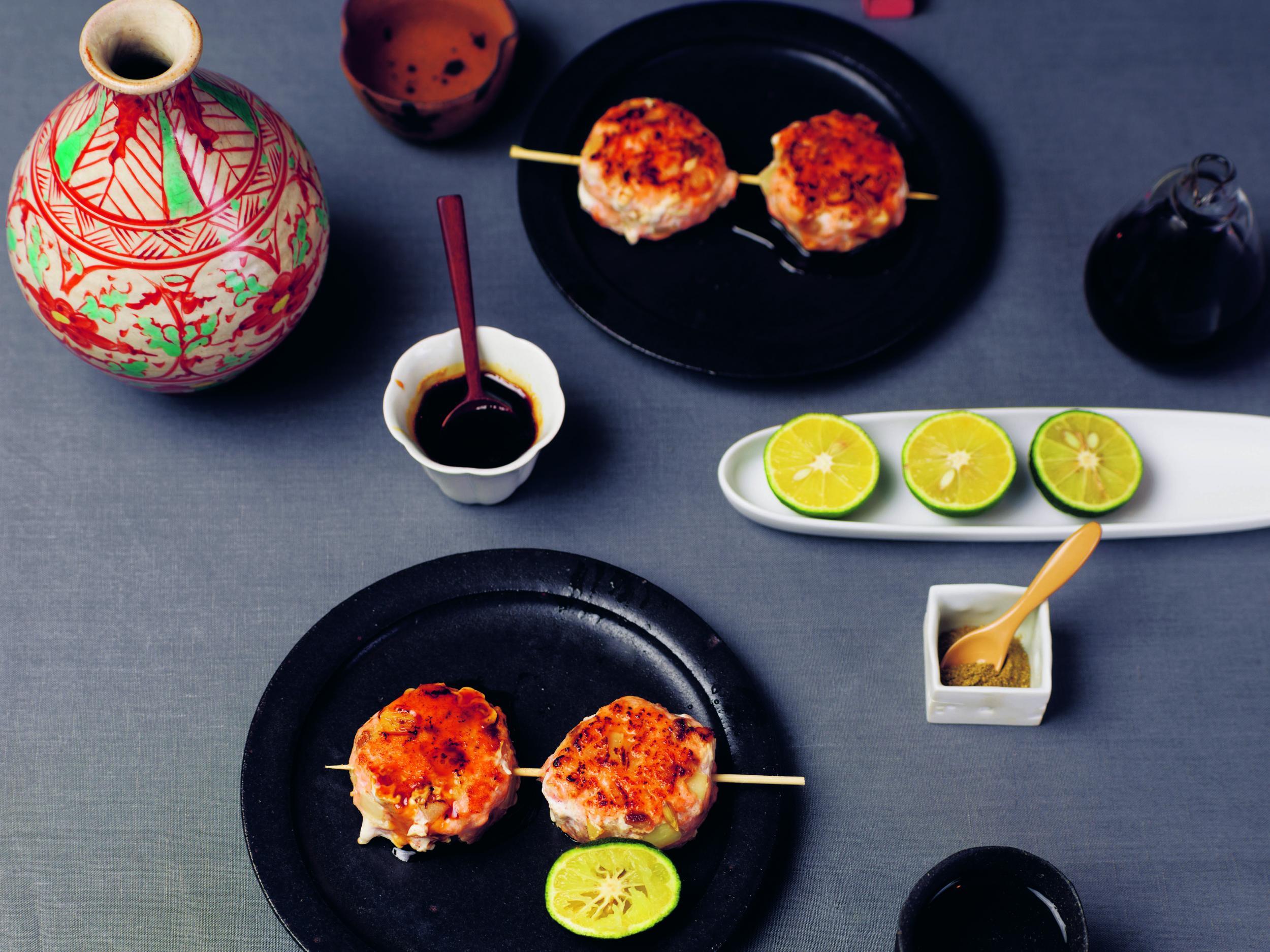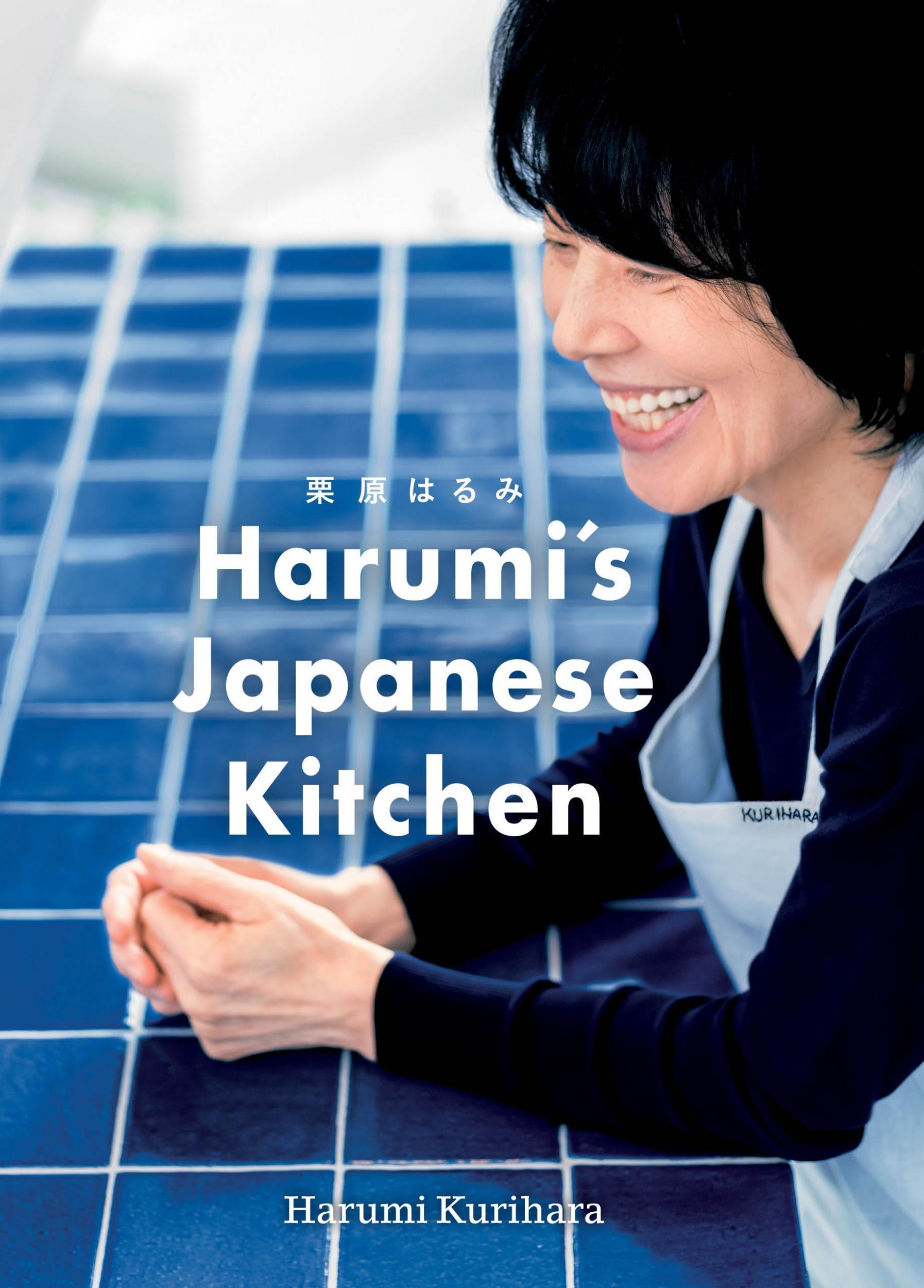‘Harumi’s Japanese Kitchen’: Recipes from pancakes to salmon prawn balls
Master classic dishes that are loved all over the world with Harumi Kurihara’s latest cookbook

Okonomiyaki (Japanese pancakes)
Okonomiyaki (literally “your favourite things grilled”) is one of the Japanese dishes that foreign visitors love. You can use ingredients you like in place of the squid, prawns or pork that I introduce here. If you microwave (at 200W) the dried bonito flakes for about 5 minutes, they will become crispy and more flavourful. Sprinkle over the okonomiyaki and add a little red pickled ginger for a delicious treat.
1 squid body (120g)
15 raw prawns (150g)
200g sliced pork belly
3 cabbage leaves (150g)
2-3 tbsp red pickled ginger
50g chopped spring onion
2-3 tbsp agedama (leftover fried tempura bits)
vegetable oil, for frying
4 eggs
Pancake batter
100g yamaimo yam
1 egg
200ml dashi
200g flour
Topping
okonomiyaki sauce (a thick Worcestershire sauce)
mayonnaise
aonori (seaweed flakes)
dried bonito (fish) flakes
Cut the squid into 2cm squares. Remove any shells and tails from the prawns. Slice them horizontally in half. Devein them, and cut in half lengthways.
Cut the pork slices into 5cm strips. Shred the cabbage. Chop the red ginger finely. Make the batter: peel and grate the yamaimo and add to a bowl with the egg and dashi. Mix together, then add the flour and stir lightly.
Add the shredded cabbage, chopped spring onion, agedama and red ginger to the batter and stir to combine. Add the squid and prawns.
Heat a little oil in a frying pan. Pour in a quarter of the batter (for 1 serving). Put the pork slices on top and cook for 3-4 minutes. Flip the pancake over and cook for another 3-4 minutes.
Heat a little oil in another frying pan. Crack an egg into the pan. Stir the yolk lightly. Place the pancake made in step 7 on top of the egg, pork side down, and continue cooking.
Turn it over on to a serving plate and spread okonomiyaki sauce and mayonnaise on top. Sprinkle with aonori and bonito flakes. Make 3 more pancakes with the remaining batter in the same way.

Aubergine and beef cooked in miso
Aubergine is the most versatile vegetable because it tastes great cooked in any style, whether stewed, grilled or deep-fried.
I have many favourite aubergine dishes and this recipe is one of them. The rich miso taste goes very well with white rice. By chopping the aubergine into larger bite-sized pieces, you can enjoy the texture of the deep-fried aubergine as it melts in your mouth.
200g beef steak
7-9 (700g) aubergines
vegetable oil, for deep-frying, plus 1 tbsp
grated fresh root ginger, to garnish
For the sauce
200ml dashi stock
3 tbsp soy sauce
3 tbsp mirin
3 tbsp sugar
2-3 tbsp miso
2 tsp chilli bean paste
Combine the dashi and the other ingredients for the sauce in a bowl. Cut the beef into bite-sized pieces, if needed.
Cut the stems off the aubergines, cut into large pieces and soak in water to remove the bitterness. Drain well and pat dry. Heat the vegetable oil in a deep-sided frying pan and deep-fry the aubergines until they are cooked through. Remove the aubergine using a slotted spoon and drain on kitchen paper.
Heat the tablespoon of oil in a separate frying pan and saute the beef.
When the beef is cooked, add the sauce. When it comes to the boil, add the aubergines. Skim the surface, then reduce the heat and simmer for 5-10 minutes. Turn off the heat and leave to stand for a few minutes.
Transfer to a serving bowl, along with the sauce, and garnish with some grated ginger.

Salmon and prawn balls
Every time I travel to other countries, I am always amazed by how much people love salmon and prawns. This is a recipe I came up with when I was abroad. The mixture can also be shaped and cooked on skewers like yakitori or made into patties for burgers.
Lemon ponzu sauce
5cm square of kombu kelp
100ml mirin
100ml soy sauce
4 tbsp lemon juice
Salty-sweet sauce
50ml soy sauce
50ml mirin
2 tbsp sugar
To serve
2 sudachi or limes, halved
sansho (Japanese pepper) powder
Remove the skin from the salmon. Chop it coarsely first and then mince it.
Wash the prawns and devein them. Chop them coarsely first and then mince them; I like to mince the tails finely and leave the bodies with some texture.
Cut the onion into 8mm squares. Put the salmon and prawns into a bowl, add the sake, onion and salt and pepper to taste and mix.
Shape the mixture into 5cm rounds. Heat a little oil in a frying pan and pan-fry the balls until they are cooked through.

Make the lemon ponzu sauce: rinse the kombu lightly with water and wipe dry. Put the mirin in a saucepan and bring to the boil. Turn down the heat and simmer for a couple of minutes. Transfer to a bowl and add the soy sauce, lemon juice and kombu. Keep in the fridge.
Make the salty-sweet sauce: combine all the ingredients in a small saucepan and bring to the boil. Turn down the heat to low and let it simmer for about 5 minutes until it thickens a little. Serve the salmon and prawn balls with sudachi, sansho powder and both sauces.
‘Harumi’s Japanese Kitchen’ by Harumi Kurihara is published by Conran, £18.99, octopusbooks.co.uk
Join our commenting forum
Join thought-provoking conversations, follow other Independent readers and see their replies
Comments